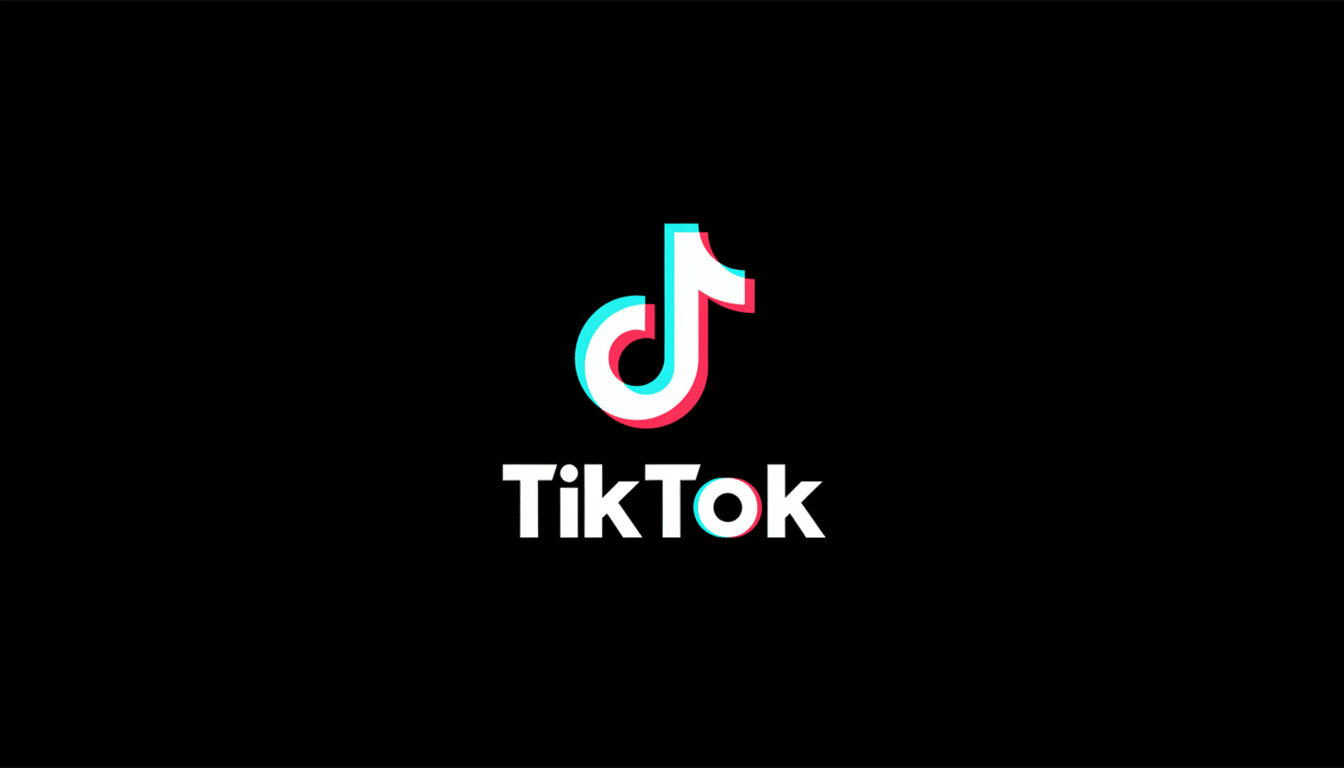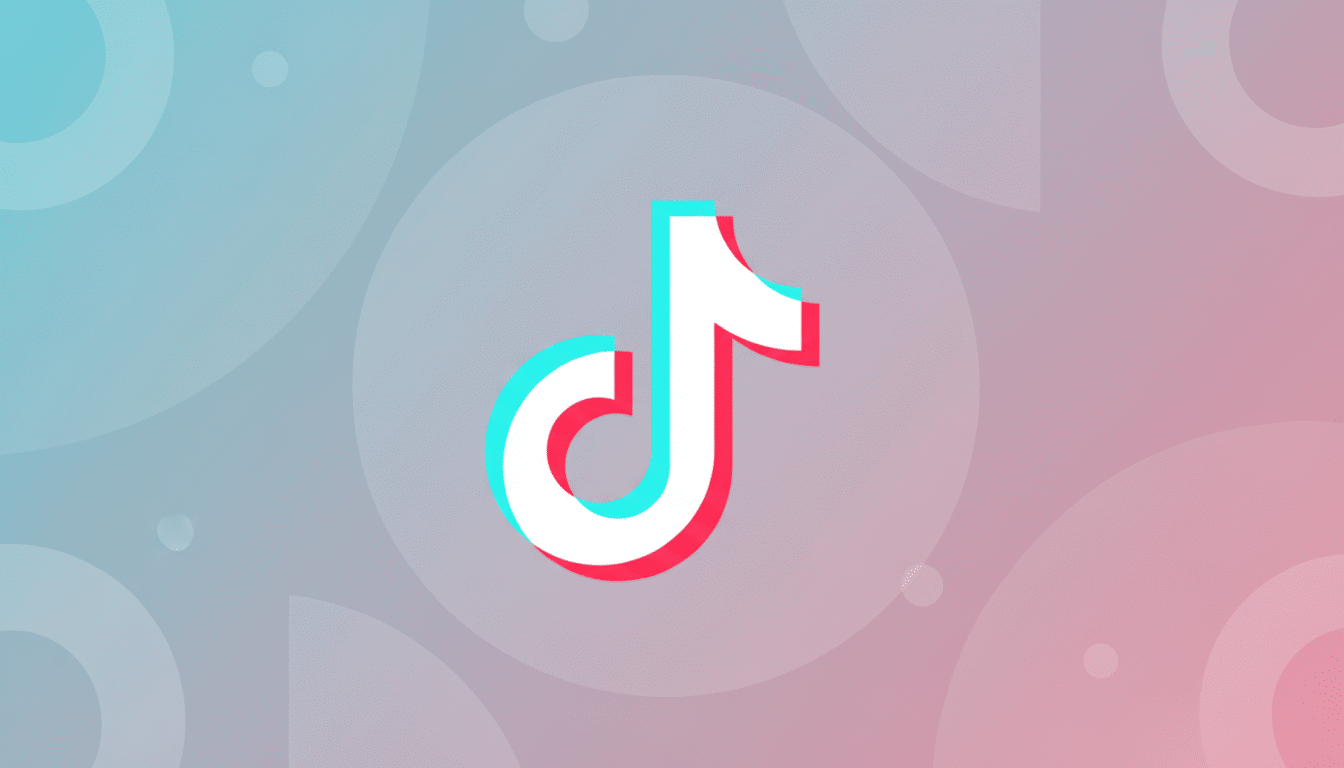TikTok is trying out a new feature that lets you mute the selected posts fed into your For You feed, as well as “invisible” watermarks for AI-generated content distributed through its app. More than a billion videos uploaded to the platform were made with AI tools, the company says, and it is moving to give people clearer choices about how much of it they actually witness.
What the New AI Controls Are For on TikTok
The app is introducing an AIGC preference, available in the Manage topics menu within Settings > Content preferences. Similar to the interest toggles that already exist for categories like Fashion & Beauty and Sports, this new control allows you to nudge the algorithm in one direction or another—your videos can be more AI-generated or less AI-generated. The dial has five levels, according to TikTok—two to see less and two to see more, with the middle at a neutral setting in between—so you’re fine-tuning instead of hard-blocking.

Crucially, picking “less” will not scrub synthetic media completely from your feed. To TikTok, the change is an algorithmic modification, not a filter that wipes out entire categories of content. And that tiny nuance matters: it’s what keeps the feed feeling serendipitous and not monolithic, preserving the user intent to narrow it but wading in through variance. “Otherwise you get ‘AI slop,’” as some viewers derisively call this result.
For now, the feature will be at the top of the Manage topics list when it is tested, and there’s no firm date for its release.
Be on the lookout for a slow rollout and iteration as TikTok tests how preference signals influence watch time, satisfaction, and creator reach.
They Bake in Invisible Watermarks for AI Content
With the new setting, TikTok says it will add invisible watermarks to AI-generated posts. These markings are meant to remain, even when a video is downloaded and re-edited or re-uploaded under different accounts—commonplace situations that can cause standard metadata to vanish.
TikTok already employs C2PA Content Credentials, which is an open standard supported by the Coalition for Content Provenance and Authenticity, whose members include Adobe, Microsoft, the BBC, and more.
Content Credentials work as secure metadata and can tell platforms and tools when a video was produced or edited using artificial intelligence. The invisible watermark, then, becomes a belt-and-suspenders approach that kicks in when you suspect metadata has been stripped or manipulated.
That’s particularly notable because, with tools like OpenAI’s Sora and Google’s Veo, hyperrealistic video is becoming simpler to create. Without long-lasting provenance signals, edits and reposts can disembody clips from their sources, making moderation, news authenticity checks, and cross-platform sharing more difficult.

Why TikTok Is Doing This Now for AI-Generated Media
AI video has exploded in use because it’s fast, cheap, and wildly remixable—good for creativity but also ripe soil for low-effort content farms and deceptive composites. TikTok’s own figure for 1B+ AI-generated uploads highlights the volume. The company is also under increasing pressure from regulators and industry groups to label synthetic media: the Digital Services Act in the European Union prods major platforms to include more transparency, while the push for standard provenance by C2PA applies across tools in media.
There’s a news dimension, too. About 1 in 5 adults in the United States gets news on TikTok, according to the Pew Research Center, with that share growing rapidly among younger users. As AI-generated misinformation and political deepfakes grow more convincing, provenance signals, alongside user controls, present a pragmatic way to minimize confusion without eliminating the creative edge that is vital for TikTok’s culture.
Rivals are moving in the same direction. YouTube introduced disclaimers for manipulated or synthesized media in sensitive settings, and Meta is expanding labels for AI-generated images across its apps. TikTok’s strategy is to meld algorithmic preference with technical labeling—which is where the industry seems headed, but cushioned by TikTok’s tendency toward personalizing the feed.
What It Means For The People Who Make Videos And Watch Them
For creators who are dependent on AI tools, the new preference may not immediately tank reach so much as it may segment audiences. Viewers who desire less AIGC can still watch standout synthetic clips that garner robust engagement signals; decent but relatively unremarkable formats, on the other hand—low-touch narrations of slideshows, say, or generic voiceovers—are those most likely to end up throttled by user taste.
Labeling will become table stakes. Transparent disclosure, following platform policies and employing compatible provenance tooling will help creators prevent being miscategorized and establish trust with users. From the brand side, they can expect even more granular targeting and may want to produce authenticated “behind the scenes” or process clips that leverage Content Credentials for credibility.
The No. 1 takeaway for an audience is control. If your feed is already clogged with lookalike AI clips, the AIGC dial offers a way to fight back without silencing creators or switching apps. And if you enjoy the surreal, wacky creativity of Sora-style shorts or Veo experiments, you can tell the algorithm to give you more.
The bigger picture: TikTok is trying to thread a needle—keep discovery fresh, tamp down on low-quality repetition, and make provenance signals both durable and portable. If the test takes off, these controls could be added to your standard social media toolbox for getting through an AI-saturated age.

